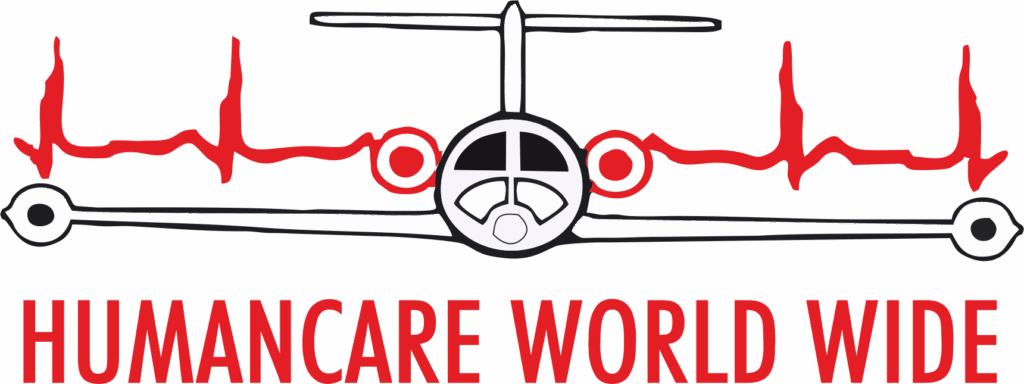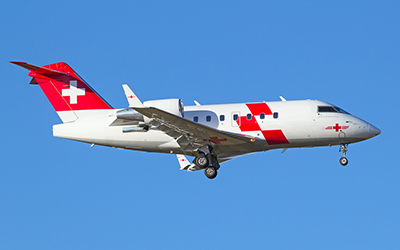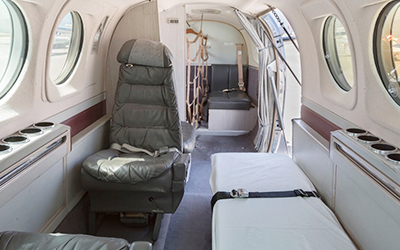Ensuring Patient Safety and Quality Care in Medical Tourism: A Comprehensive Approach by HumanCare Worldwide
At HumanCare Worldwide, we believe that every patient deserves the highest standard of care, regardless of their geographic location. As a leading provider of medical tourism services, we are unwavering in our commitment to patient safety, well-being, and the delivery of top-notch healthcare experiences. Our comprehensive approach to medical tourism is designed to provide peace of mind, quality care, and exceptional service, ensuring that each patient’s journey is as smooth and successful as possible. 1. Rigorous Vetting of Healthcare Partners Entrusting one’s health to a foreign destination is a significant decision, and at HumanCare Worldwide, we take this responsibility seriously. We conduct thorough and meticulous evaluations of our healthcare partners to ensure they meet the highest international standards. Our team of medical experts and consultants rigorously scrutinizes each facility, reviewing their accreditations, medical equipment, and staff qualifications. We prioritize partnering with hospitals and clinics that have a proven track record of excellence, ensuring that our patients receive care from facilities recognized for their superior healthcare services. This rigorous vetting process is key to maintaining the safety and satisfaction of our patients. 2. Tailored Treatment Plans with a Patient-Centric Approach At HumanCare Worldwide, we understand that every patient is unique, with distinct medical needs and personal preferences. Our patient-centric approach places the individual at the center of the care process. Our experienced medical coordinators work closely with each patient to develop a tailored treatment plan that addresses their specific health concerns while ensuring a comfortable and seamless medical tourism experience. By taking into account the patient’s medical history, treatment preferences, and overall health goals, we create comprehensive and personalized care plans that guide the entire journey—from initial consultation to post-treatment follow-ups. 3. Highly Skilled and Accredited Medical Professionals The success of medical tourism relies heavily on the expertise of the medical professionals involved. HumanCare Worldwide partners with a global network of highly skilled and accredited medical professionals, including world-class surgeons, specialized physicians, and compassionate nursing staff. These professionals are selected based on their qualifications, experience, and commitment to patient care. We ensure that our patients receive treatment from some of the finest medical minds in their respective fields, guaranteeing the highest level of care and expertise. Our partnerships with esteemed healthcare institutions around the world further ensure that our patients have access to advanced medical treatments and cutting-edge technologies. 4. Transparent Communication and Informed Decision-Making Transparency is a cornerstone of our medical tourism services. At HumanCare Worldwide, we believe that informed decision-making is essential to a positive healthcare experience. We provide our patients with clear and comprehensive information about their treatment options, associated costs, potential risks, and expected outcomes. Our team is committed to answering all patient inquiries, encouraging open communication, and supporting patients as they navigate their healthcare journey. By fostering a transparent environment, we empower our patients to make informed choices about their treatment plans, ensuring that they are confident and comfortable with every step of their medical journey. 5. Dedicated Personalized Care Managers To ensure a seamless and stress-free medical tourism experience, each patient at HumanCare Worldwide is assigned a dedicated personalized care manager. These compassionate professionals serve as a reliable point of contact, providing continuous support and guidance throughout the medical tourism process. From assisting with travel arrangements to coordinating medical appointments and handling post-treatment follow-ups, our care managers are committed to making the patient’s journey as smooth as possible. They work closely with patients and their families, ensuring that all aspects of the medical tourism experience are managed with care and attention to detail. 6. Quality Assurance and Ongoing Evaluation Our commitment to patient safety and quality care extends beyond individual cases. At HumanCare Worldwide, we conduct regular evaluations and audits of our services and healthcare partners to ensure that we maintain the highest standards in medical tourism. Continuous improvement is at the heart of what we do, and we are always striving to raise the bar in the quality of care we provide. By implementing rigorous quality assurance measures and ongoing evaluations, we ensure that our patients receive the best possible care, from the moment they contact us to the completion of their medical journey. Why Choose HumanCare Worldwide for Your Medical Tourism Needs? Choosing HumanCare Worldwide for your medical tourism needs means partnering with a trusted leader in the industry. We are committed to providing our patients with safe, high-quality, and compassionate medical tourism experiences. Our mission is to be a reliable partner on every patient’s journey to health and healing, and we leave no stone unturned in our pursuit of excellence. Whether you are seeking advanced medical treatments, elective surgeries, or specialized care, you can trust HumanCare Worldwide to provide the support and expertise you need. Your Well-Being is Our Priority At HumanCare Worldwide, your well-being is our top priority. We are honored to be a part of your healthcare journey, and we are dedicated to providing you with the highest standard of care and service. Contact us today to learn more about how we can assist you in your medical tourism journey and help you achieve your health goals with confidence and peace of mind.









